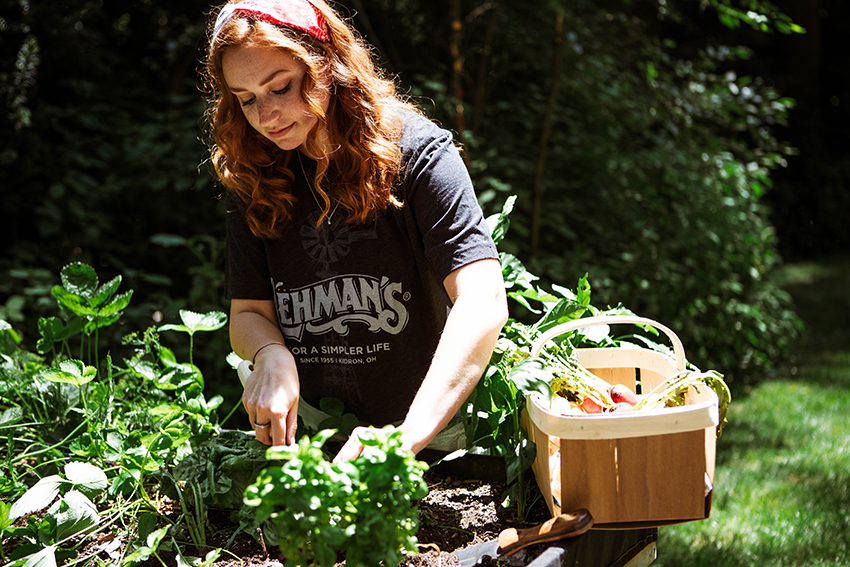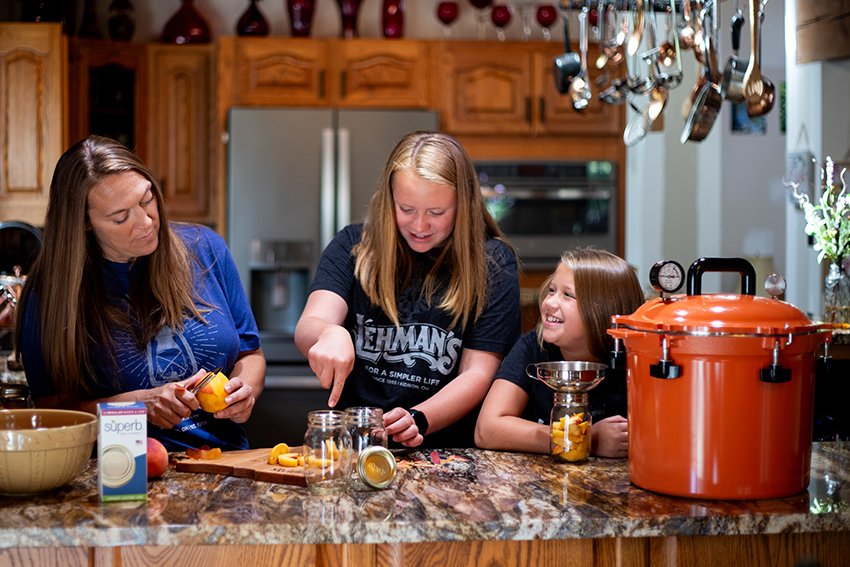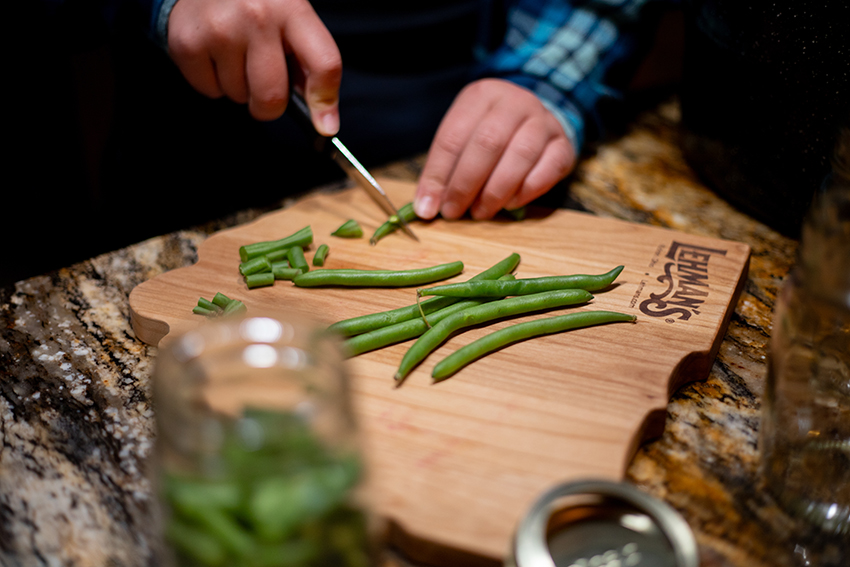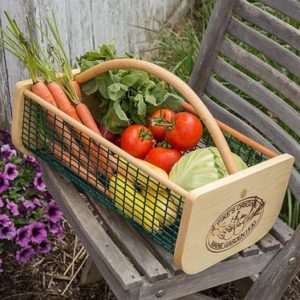Food inflation. Rising prices are not in your imagination; they’re very real, and very scary. The effects of inflation can be subtle, creeping up on families until suddenly the budget doesn’t cover the basics.
But it doesn’t have to be that way. While the effects of food inflation hit everyone, one of the best things you can do to combat it is to take control of your food supply.
Fighting food inflation should not be done randomly and without planning. In fact, planning – especially now, in winter months – is one of the most powerful (and free) tools in your inflation-fighting arsenal.
How to Fight Food Inflation
Battling against food inflation should be a three-pronged approach: growing/raising, preserving, and cooking.
The first “prong” is growing and raising food. Most people in suburban areas can’t keep more than a few chickens or perhaps honeybees, but the standard backyard offers marvelous potential for gardens! There are many books and websites devoted to gardening in small spaces with the aim of maximizing what can be grown with limited room. For this reason, advanced planning is critical. What could be trellised? How best to elevate something off a concrete patio? Where are the trees or other shade producers?
Fruit trees are long-term investments that only get better as the years go by. Dwarf varieties are available for those in smaller spaces. Fruit trees can even be trained to grow flat against fences or walls in a process called espaliering. This technique will not only provide abundant fruit, but won’t interfere with the rest of the garden.
With a bit of advanced planning, a backyard garden can provide fresh fruits and vegetables all summer and fall. Properly stored, many veggies will last over the winter, too, such as carrots and onions and potatoes and squash.
If you have room to expand, then the world is your oyster. Cows? Goats? Pigs? Chickens? Massive garden? The sky’s the limit. If you can grow and/or raise most or all of what you eat, you’re almost immune to food inflation.
2. Preserving Food
The next “prong” of fighting against food inflation is preserving. This way you can take advantage of any good deals you come across at the grocery store or farmer’s market, as well as keep the fruits of your own labors.
There are many ways to preserve food. Freezing, dehydrating, fermenting, canning, and freeze-drying are the most common options. All have their pluses and minuses. Pick a technique and perfect it. There are few things more satisfying than to have a pantry stocked with home-canned veggies, fermented goodies, and dehydrated fruits.
The last prong in fighting food inflation is cooking from scratch. Americans spend an astounding amount of money to avoid preparing meals from basic ingredients … yet those basic ingredients are often cheaper and more nutritious than their pre-packaged counterparts. For working families, a second-hand slow cooker and bread machine can save tremendous amounts of time and money.
With some thought and preplanning, food inflation won’t be as scary for those who practice this three-pronged approach to food security.


































Love the red canner! How many quarts is it??
Hi Barbara! This is a 21- 1/2 qt canner and can be found on our website here: https://www.lehmans.com/product/21-12-qt-high-quality-pressure-canner-in-color/
Sadly, if property taxes and insurance keeps rising, we may not be able to afford our land to garden and have livestock any longer. This inflation must stop!
Grocery store prices keep raising& becoming unaffordable!!!